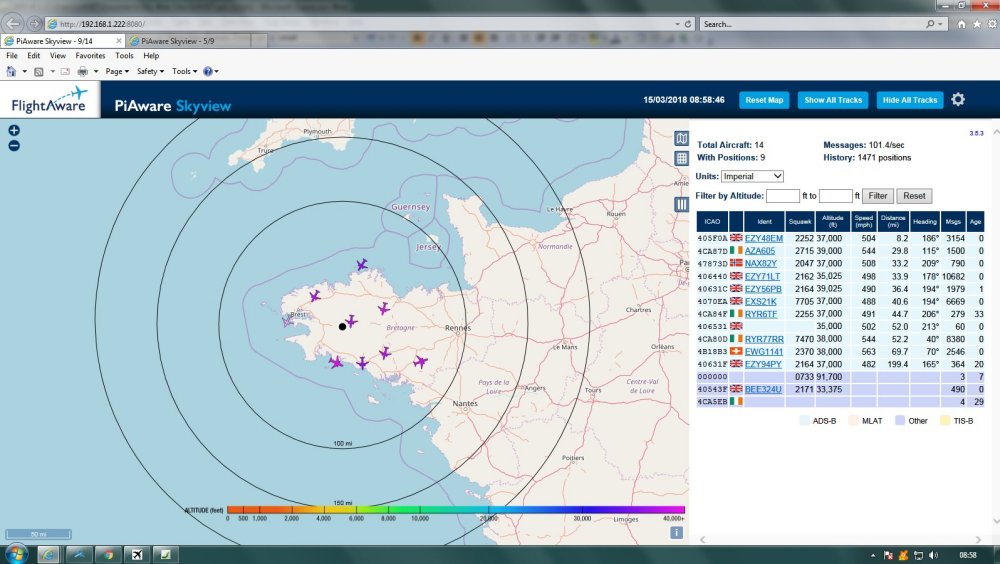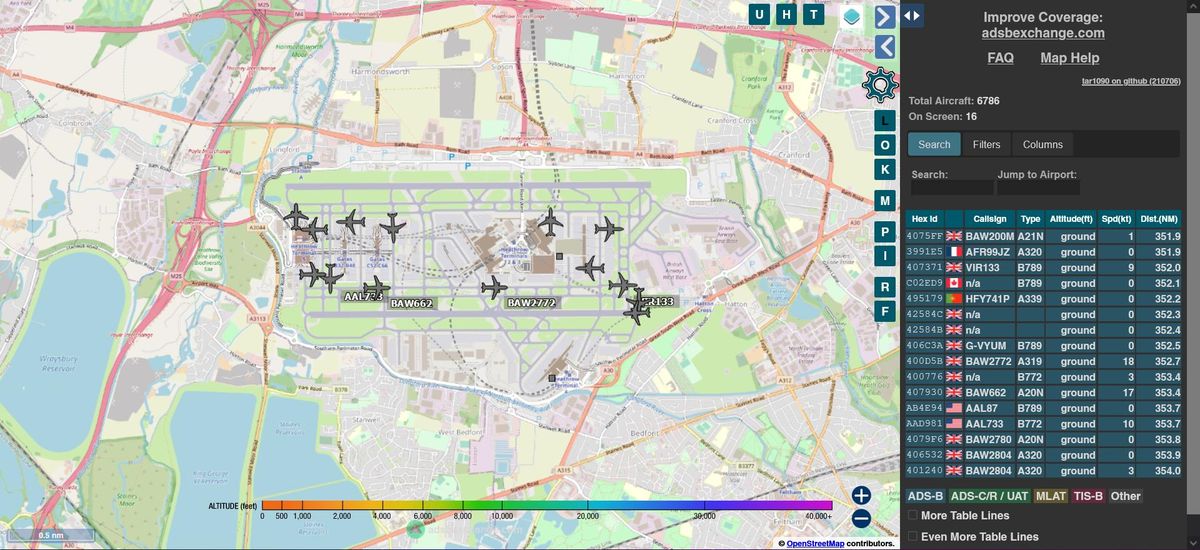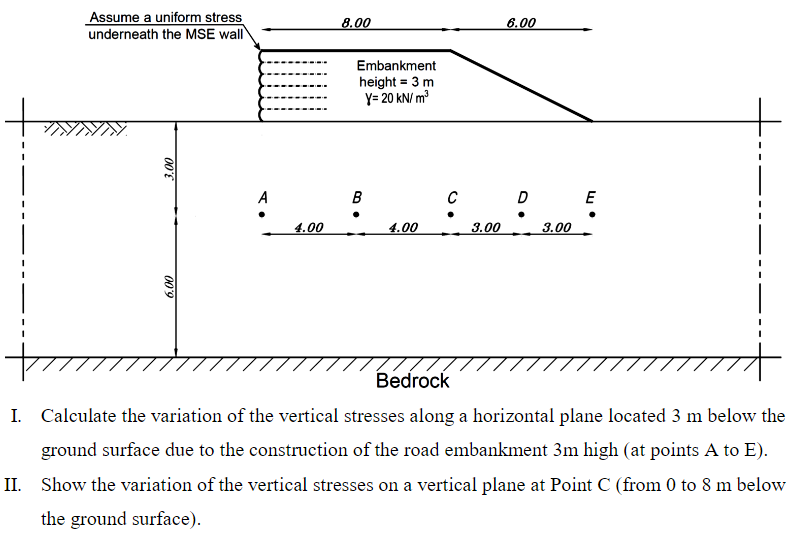

- #Planeplotter setup install
- #Planeplotter setup Pc
- #Planeplotter setup download
- #Planeplotter setup windows
It could be that the -net-beast parameter messes it up. While dump1090 opens port 30003, BaseStation doesn’t seem to like connecting to it. Using Other Virtual Radar Applications with dump1090
#Planeplotter setup Pc
(This assumes PlanePlotter and dump1090 are running on the same PC if not, substitute the IP address of the PC running dump1090 for 127.0.0.1.) Then go to Options > I/O Settings and under Input data select Beast receiver TCP. Go to Options > Mode-S receiver > Beast receiver > Setup TCP/IP client and enter 127.0.0.1:30005 in the dialog box. To view the data in PlanePlotter, you need to setup a Beast TCP receiver on port 30005.
#Planeplotter setup windows
dump1090 for Windows running in RTL1090 mode This will launch dump1090 in a command prompt window.

Open the RTL1090 folder and double-click dump1090.bat. There are other parameters you can use with dump1090 to see them all, type dump1090 -h in a command prompt window. The second line, pause, ensures the application window stays open for you to see. This runs dump1090.exe with a list of aircraft, networking, Beast mode output and multilateration ability. If you edit dump1090.bat or open it in Notepad, you’ll see it contains two lines: dump1090.exe -interactive -net -net-ro-size 500 -net-ro-rate 5 -net-buffer 5 -net-beast -mlat

We’re going to use just a few, and fortunately for us they’ve already been setup for us in dump1090.bat, a Windows batch file that we can launch to run the actual application. Running dump1090.exe -h in a command prompt window will return a list of all of the parameters supported by dump1090. Press CTRL+C to exit the command prompt window. If the app returns an error about a missing file, you’ll need to locate the missing file and copy it to the RTL1090 folder before continuing. In the command prompt window, type c:\rtl1090\dump1090.exe and then press Enter. Click cmd in the results to launch the command prompt window. Alternatively, click Start and type cmd in the Search programs and files box. You can check that you have everything you need by clicking Start > Run and typing cmd followed by the Enter key. Once you’ve found it, copy it (be careful not to move it) to your RTL1090 folder, leaving the original where it is. Search your hard drive for it and you should find a copy installed elsewhere. You may still be missing one dll file, pthreadVC2.dll, from the folder. You should now have dump1090.exe and dump1090.bat among your RTL1090 files.
#Planeplotter setup download
Once that’s done, download dump1090 for Windows and unzip the contents of the file to the same directory as RTL1090. You may have to run the Zadig setup, which you will find in the RTL1090 folder.
#Planeplotter setup install
The IMU version will download and install all of the necessary dll’s and drivers in c:\RTL1090. Plug in your USB dongle and then install RTL1090. The two apps use many of the same dynamic link library (dll) files, and installing RTL1090 is a breeze if you get the Installer and Maintenance Utility for it. This will sound a bit weird, but to get dump1090 up and running you should first install RTL1090. I was hesitant to move away from RTL1090 as it had been working so well for me and I was comfortable with its GUI and settings, but I gave dump1090 for Windows a try and found it worked very well and used fewer CPU resources than RTL1090. The reasoning is that dump1090 provides better raw data for use with multilateration (mlat for short), which can help to identify the location of non-ADS-B aircraft if enough shared data exists.

There has been a push recently from within the PlanePlotter community to use dump1090 for Windows rather than RTL1090.


 0 kommentar(er)
0 kommentar(er)
